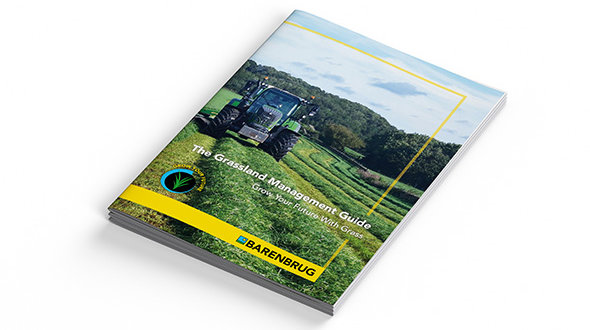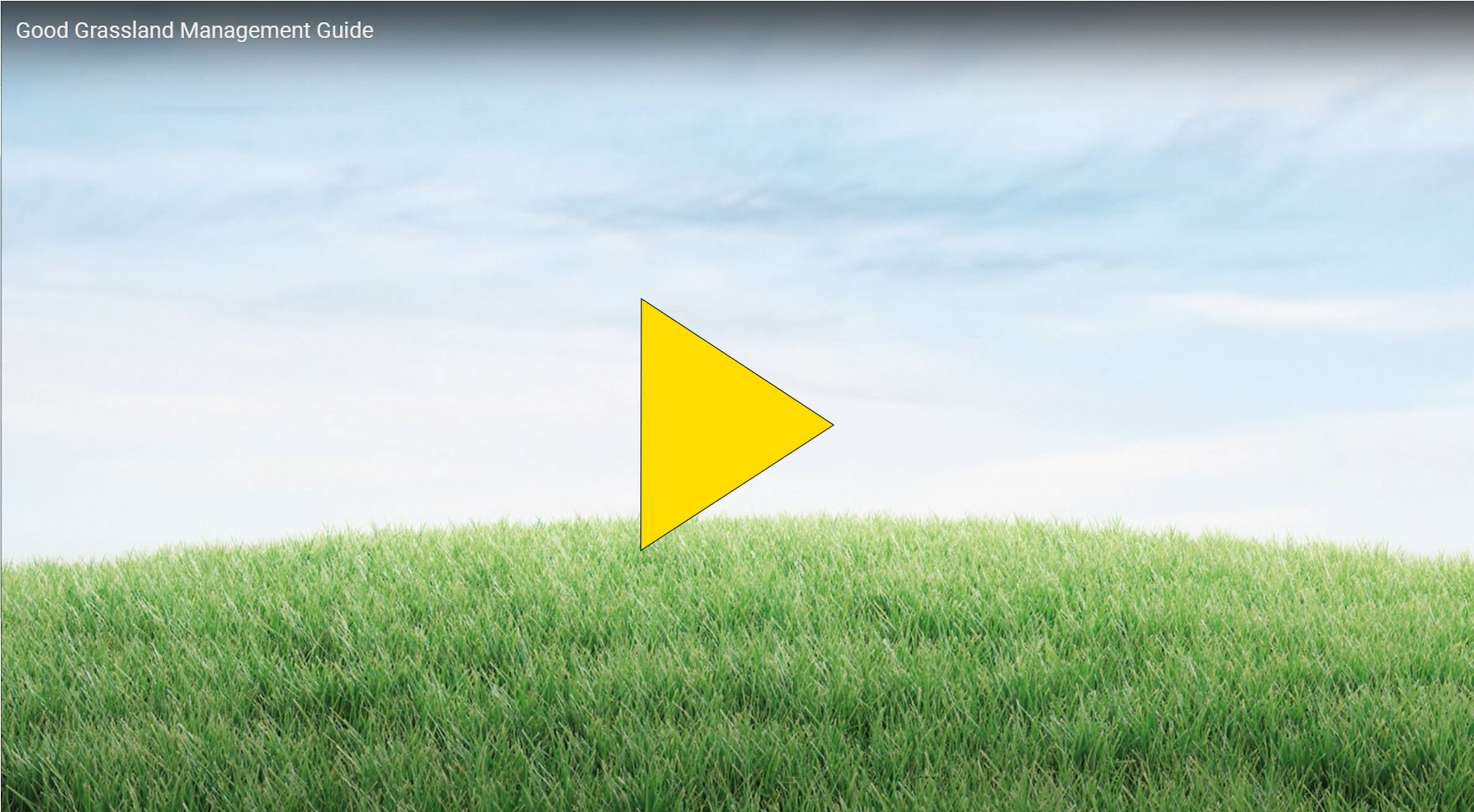The value of grass reseeding
shown by Grass Yield
Based on a GI5 field (>80% sown productive species)
1st year perennial ryegrass grass field (two cuts & graze) = yield of 15t DM/ha
Value of 1st year re-seed (two cuts & graze) = £2,100.00/ha*
Based on a GI3 field (only 50% sown species left)
An older or damaged sward with 50% perennial ryegrass may yield the following = yield of 7t DM/ha
Value of this field (two cuts & graze) = £980/ha*
Total potential benefit of reseeding you GI3 field to reach GI5 = an increase in over £1,120/ha, from £980/ha > £2,100.00/ha
*DM Value of £140/ton
shown by production
Based on a GI5 field - autumn sowing of Intermediate and Late PRG mixture with two cuts & graze.
- Potential Grass yields = 15t DM/ha*1
- Potential ME yield = 187,420 MJ*1
Production value of this field;
- 35,362 litre of milk worth 40p/l* = > £14,144 / (28.51p/l (10 year average) *2 = > £10,081)
- 3987kg lamb worth 437.65p/kg *2 = >£17,449
- 3987kg beef worth 351.55p/kg *2 = >£14,016
Based on a GI3 field (only 50% sown species left)
An older or damaged sward with 50% sown species may yield the following:
- Potential Grass yield = 7t DM/ha
- Potential ME yield = 86,400 MJ
Production value of this field;
19,060 litre of milk worth 40p/l = £7,624
-
1838 kg of lamb worth 437.65p/kg *2 = £8,044
-
1838 kg of beef worth 351.55p/kg *2 = £6,461
Total potential benefit of reseeding you GI3 field to reach GI5:
- An increase in over 16,302 litres of milk worth over £6,520, from £7,624 to > £14,144
-
An increase in over 2149 kg of lamb worth over £9,405, from £8,044 >£17,449
-
An increase in over 2149 kg of beef worth over £7,554 , from £6,461 >£14,016
Can you afford not to reseed your grassland?
*40p/l actual price
*1 Data taken from the Recommended Grass and Clover List 2022/2023
*2 Prices are AHDB industry figures for the 10 year average price (2012-2021) for meat and milk
5.3mj/lite of milk, 47mj/kg meat





